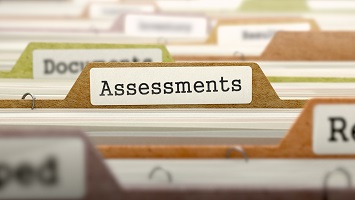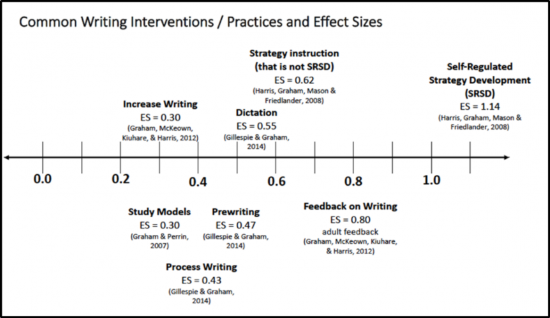
Recommended Steps for Self-Management (Ganz, Cook, and Earles-Vollrath, 2007; Rankin and Reid, 1995).
- Choose and define the target behavior. Operationally define the target behavior so that both the student and the teacher understand what they are looking for. Examples of target behaviors include completing seatwork, staying on-task, or making kind comments to peers.
- Explain the benefits of self-management. Discuss how the self-management will help the student. Will it help the student get better grades? Will it help the student get along with friends?
- Determine the method of reinforcement. Involve the student in creating a menu of reinforcers that he or she can earn contingent on success. Determine the criteria for reinforcement, which should initially be set low enough so that the student receives reinforcement frequently. When the student is successful at this level, then slowly increase the criteria for reinforcement.
- Choose how to measure the behavior. Determine how and when the target behavior will be directly measured. It’s important for the teacher to measure the target behavior directly since the student’s rating of his/her own behavior may not be accurate (research shows that the target behavior often improves even if the student is inaccurate in his/her own rating).
- Determine the method of self-management. Select a method that is appropriate for the age and developmental level of the student. Higher functioning and older students may do well with checkboxes and tally marks whereas younger students may do better with tokens or blocks.
- Teach the student to self-manage. First, teach the student the target behavior through modeling, role-play and feedback. Then, teach the student to use the chosen self-management method through modeling, role-playing and feedback. Practice until the student can use the self-management method independently.
- Begin self-management with the student. Initially, monitor the student’s use of the self-management program to ensure the student is using it correctly. If the student makes many errors in using the self-management program, then the teacher should return to Step 6.
- Fade the teacher’s role. When the student is able to accurately use the self-management program, gradually fade the teacher’s checks to occur only periodically.
- Continue to measure the behavior. Directly measure the target behavior in order to assess whether the self-management intervention needs to be continued, modified, or faded.


 Data-Driven Decision-Making
Data-Driven Decision-Making  Increasing Post-School Success through Interagency Collaboration
Increasing Post-School Success through Interagency Collaboration  How Can We Improve Deeper Learning for Students with Disabilities?
How Can We Improve Deeper Learning for Students with Disabilities?  Positive Classroom Management: Creating an Environment for Learning
Positive Classroom Management: Creating an Environment for Learning  Self-Determination Skills Empower Students of All Ages
Self-Determination Skills Empower Students of All Ages  Fidelity of Implementation: What is it and Why does it Matter?
Fidelity of Implementation: What is it and Why does it Matter?  Rethinking Classroom Assessment
Rethinking Classroom Assessment  A Three-Step Approach to Identifying Developmentally Appropriate Practices
A Three-Step Approach to Identifying Developmentally Appropriate Practices  Transforming Evidence-Based Practices into Usable Innovations: A Case Study with SRSD
Transforming Evidence-Based Practices into Usable Innovations: A Case Study with SRSD